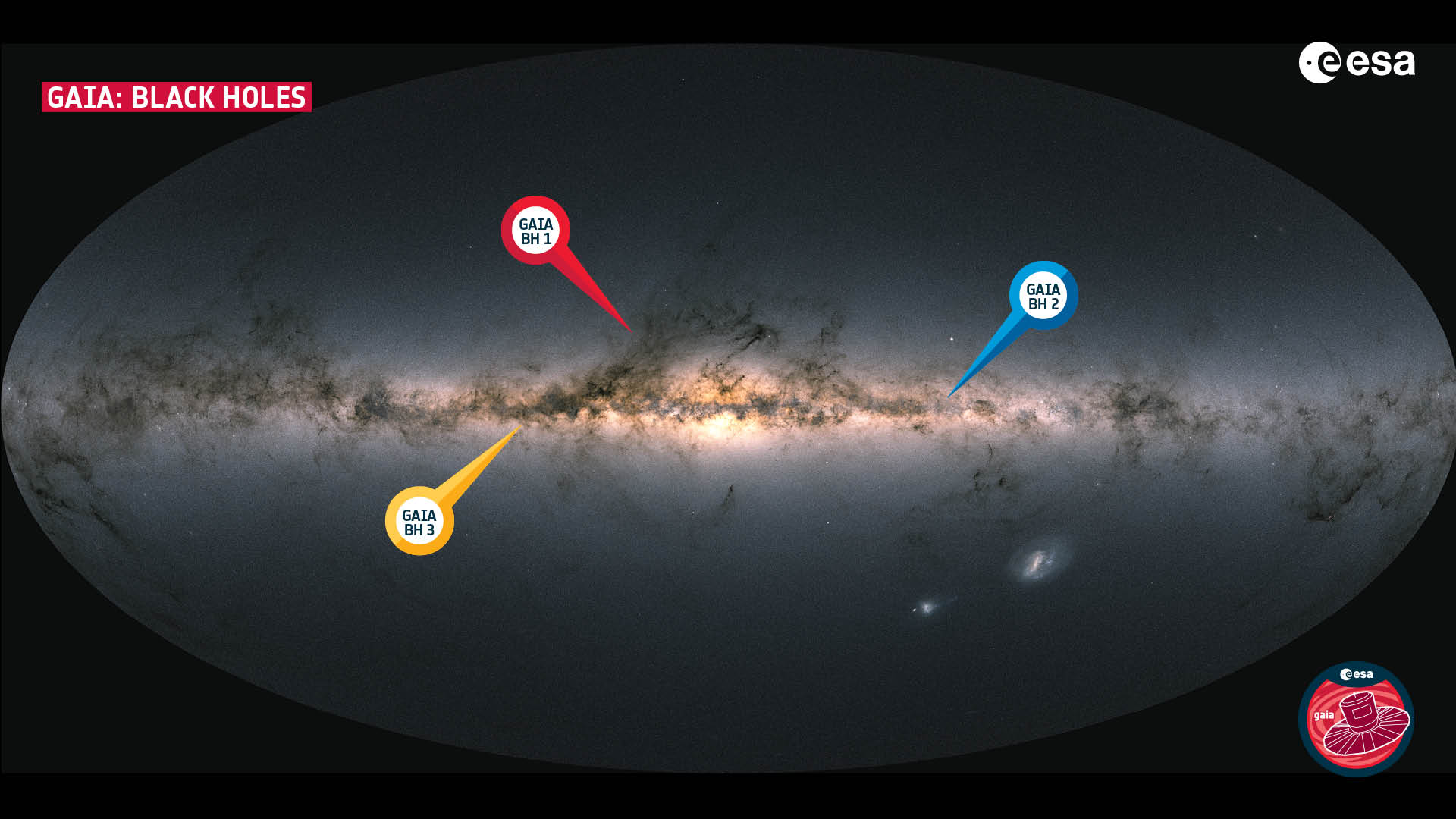While black holes are known as the most destructive objects in the universe, their evolution is largely shrouded in mystery. This is because while astronomers are familiar with supermassive black holes that exist at the center of galaxies like our own and black holes whose masses are less than 100 times the size of our Sun, the notion of intermediate-mass black holes (IMBHs) have largely eluded discovery. However, this might change with the recent discovery of a black hole candidate that could exist within the globular cluster, Omega Centauri, and holds the potential to be the “missing link” in scientists better understanding black hole evolution.
Continue reading “Finally! Astronomers Find the Missing Link Between Stellar and Supermassive Black Holes”Finally! Astronomers Find the Missing Link Between Stellar and Supermassive Black Holes


